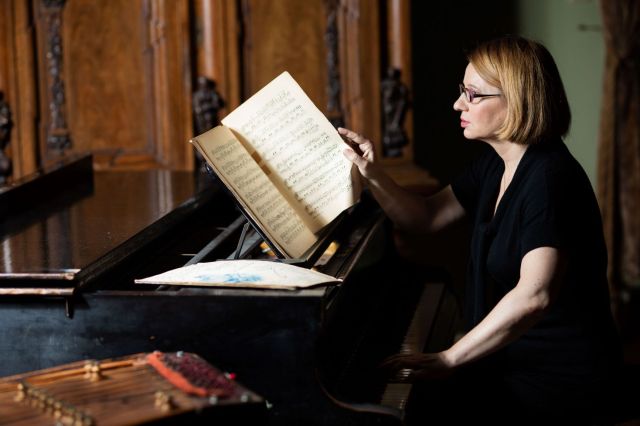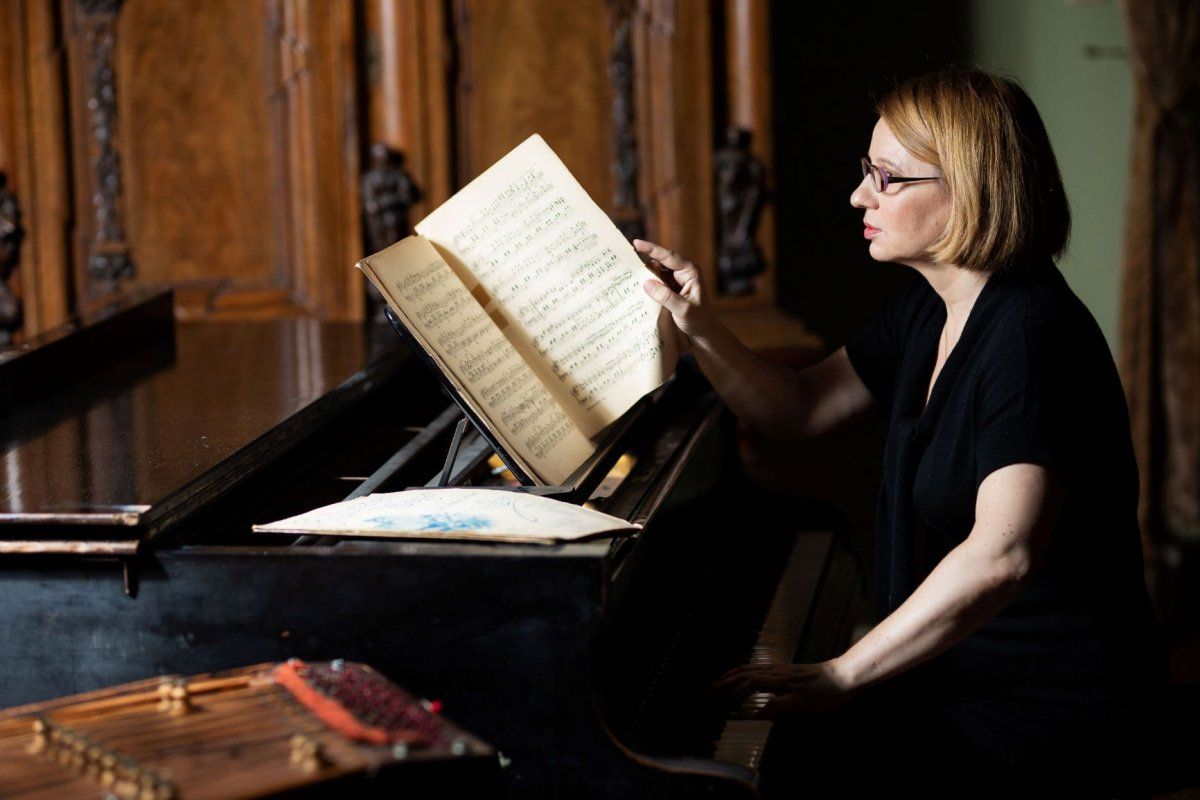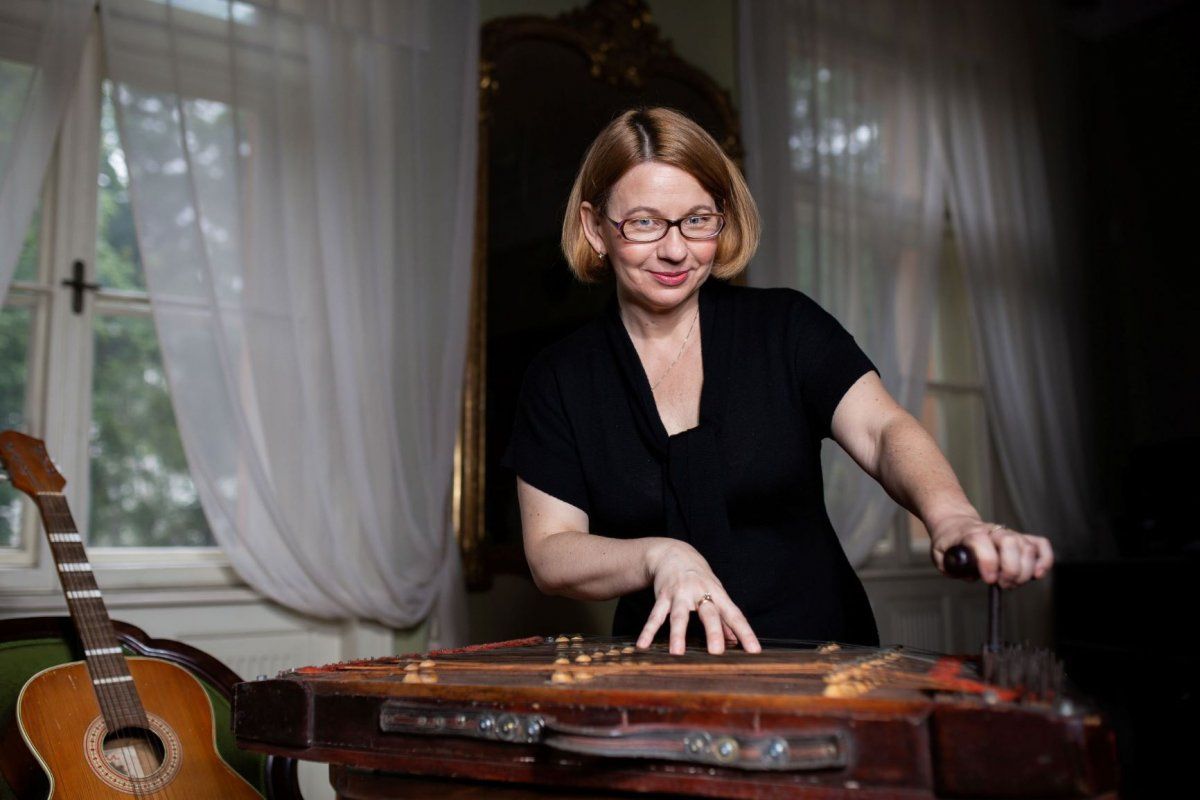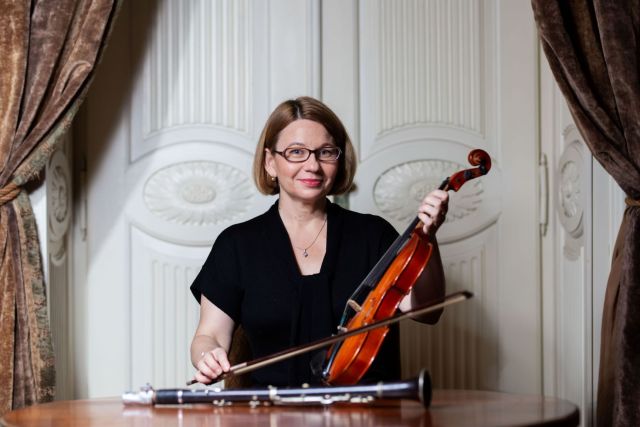Dr hab. n. med. Wojciech Fendler from the Medical University of Łódź, Dr hab. Jakub Growiec from the Warsaw School of Economics and Dr hab. Michał Tomza from the University of Warsaw are the winners of the eighth edition of the NCN awards. Each will receive a prize of 50,000 PLN.
Just like every year, the prestigious distinction was awarded to three outstanding young researchers who made significant discoveries in basic research conducted at Polish host institutions. The award was handed out in three fields: Arts, Humanities and Social Sciences, Life Sciences, and Physical Sciences and Engineering. Due to the epidemiological situation, the traditional October gala in the Gallery of 19th-century Polish Art in Sukiennice had to be cancelled and our winners will be presented with their award statuettes at another time.
The NCN Award 2020 for Life Sciences went to Dr hab. n. med. Wojciech Fendler from the Medical University of Łódź in recognition of his research into microRNAs as biomarkers of accidental exposure to ionising radiation and the side effects of radiotherapy. Fendler showed that certain microRNA molecules circulating in the blood serum may indicate the presence of irreversible radiation-induced damage to the bone marrow.
“My research is aimed at detecting exposure to ionising radiation and predicting its adverse side effects. The purpose is to develop a diagnostic test that would allow exposure to a potentially lethal dose of radiation to be identified and speed up the selection of exposed patients who need a life-saving bone marrow transplant,” explains Dr hab. n. med. Wojciech Fendler, “Having completed wide-scale research on the mechanisms that regulate the production of radiation-dependent micro-RNAs and the application of microRNA-based diagnostic tests to monitor the side effects of radiotherapy, we are now entering the implementation phase”, he adds.
Dr Fendler initially studied to be a medical doctor. Following graduation, he began to investigate the causes of rare types of diabetes, their epidemiology and the tools that could facilitate their diagnosis. After his habilitation in 2013, he turned his attention to the use of microRNAs as biomarkers, conducting his research in cooperation with scientists from the Harvard Medical School.
Professor Jakub Growiec from the Warsaw School of Economics carried the day in the field of Arts, Humanities and Social Sciences, winning the award for his advanced research into economic growth, with a special emphasis on the role of technological progress and human capital.
”Long-term economic growth depends on technological advancement and investment in capital and education, as well as, from the 1980s onwards, the rate of automation”, says Dr hab. Jakub Growiec, “In my research, I try to pin down the mechanisms that make new technologies translate into growth and change the income distribution, both within societies and between different countries. I hope my work will help us understand the future a bit better. For example, it can let us know if we are headed for a long-term slowdown in growth or should expect it to accelerate until the point of so-called technological singularity.”
Jakub Growiec is a professor and Head of the Department of Quantitative Economics at the Warsaw School of Economics, as well as an economic advisor to the National Bank of Poland. He boasts an impressive publication record and many awards, while his contribution to research on economic growth is widely considered as unique in the field.
In Physical Sciences and Engineering, the award for went to Dr hab. Michał Tomza from the University of Warsaw for his theoretical description of interactions between ultra-cold atoms, ions and molecules.
“In my work, I study the properties, dynamics and potential applications of matter at ultra-low temperatures. Ultra-cold matter consists of atoms, ions or particles at temperatures close to absolute zero. Under such conditions the quantum nature of our world manifests itself very strongly. On the microscale, on the atomic level, the entire world around us can be described by the laws of quantum physics, and a number of currently used devices, such as lasers, tomographs, or the GPS would not exist if it weren’t for quantum effects”, explains Dr hab. Michał Tomza. “My goal is to develop concepts and theoretical methods to identify and offer a quantum description of the properties of matter at ultra-low temperatures, although my results are also used for new experiments on the borderline between physics and chemistry and contribute to the development of new quantum technologies.” he adds.
Michał Tomza is a theoretical physicist and chemist associated with the Department of Theoretical Physics at the Faculty of Physics of the Warsaw University. On a daily basis, he cooperates closely with the world’s leading theorists and experimental teams from Amsterdam, Basel, Stuttgart and Freiburg. His research results may allow us to better understand the nature of the world on the microscale, which is of essential importance for all areas of physics and chemistry, as well as for the development of new technologies.
An important aspect of the award is the remuneration designed to support winners financially in their further career and research growth, which would not be possible without the involvement of sponsors: Polish businesses and foundations that wish to actively work to strengthen the position of Polish science on the international arena. This year’s awards for Physical Sciences and Engineering and Life Sciences were funded, respectively, by KGHM Polska Miedź Foundation and Adamed Pharma S.A; INGLOT Sp. z.o.o. co-funded the award for Arts, Humanities and Social Sciences.
This year’s winners were selected from among 53 candidates by a jury composed of the NCN Director and the Members of the NCN Council, as well as our sponsors’ representatives. Candidates could be nominated by former Council members, previous heads of NCN Expert Teams, previous winners, as well as other outstanding scientists indicated by the NCN Director and Council Members.






